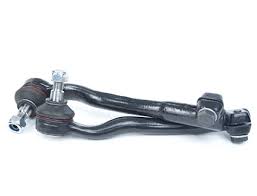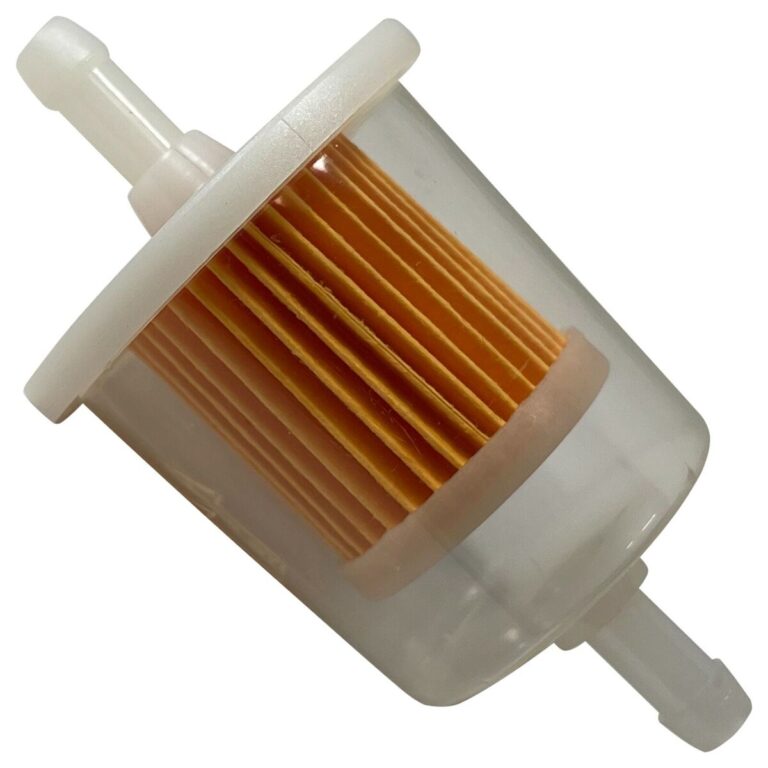The Importance of Car Radiators in Vehicle Cooling Systems
When it comes to the functioning of a vehicle, one of the most crucial components that play a vital role in maintaining the engine’s temperature is the car radiator. A car radiator is an essential part of the vehicle’s cooling system, responsible for preventing the engine from overheating and ensuring smooth and efficient operation. In this article, we will delve into the importance of car radiators, their components, how they work, common issues, and maintenance tips to keep them in top condition.
Understanding the Components of a Car Radiator
Before delving into the importance of car radiators, it’s essential to understand the different components that make up this crucial part of the vehicle’s cooling system. A typical car radiator comprises a core, tanks, fins, tubes, and a fan. The core of the radiator is made up of several rows of tubes, and these tubes are usually made of aluminum due to its excellent heat dissipation properties. The tanks, located on the sides of the core, are where the coolant enters and exits the radiator. The fins are situated in between the tubes, and their primary function is to disperse heat from the tubes into the surrounding air. Lastly, the fan, which is usually located behind the radiator, helps in further cooling the coolant by forcing air through the fins when the vehicle is stationary or moving at a slow speed.
When the engine heats up, the coolant, a mixture of water and antifreeze, circulates through the engine, absorbing heat, and then flows into the radiator. As the coolant passes through the tubes, the heat is transferred to the fins, and the fan helps to dissipate this heat into the surrounding air. This process continues, ensuring that the engine operates at an optimal temperature, preventing it from overheating.
The Importance of Car Radiators in Vehicle Cooling Systems
The significance of car radiators in a vehicle’s cooling system cannot be overstated. As the engine runs, it generates an immense amount of heat, and without a properly functioning radiator, this heat can cause the engine to overheat, leading to severe damage and potential breakdown. The car radiator acts as a heat exchanger, transferring the heat from the coolant to the air passing through the radiator, thereby maintaining the engine’s temperature within the desired range.
Furthermore, the car radiator plays a crucial role in ensuring fuel efficiency and overall vehicle performance. When the engine operates at an optimal temperature, it burns fuel more efficiently, leading to improved fuel economy. Additionally, a well-maintained radiator contributes to the longevity of the engine and its components, reducing the likelihood of costly repairs and replacements.
Common Issues with Car Radiators
Despite their importance, car radiators are not immune to issues and can experience various problems over time. One of the most common issues with car radiators is coolant leaks. This can be caused by corrosion, physical damage, or worn-out gaskets, resulting in a loss of coolant and potential overheating of the engine. Another common problem is a clogged radiator, often caused by a buildup of debris, rust, or scale within the radiator, hindering the flow of coolant and reducing its cooling efficiency. Additionally, the radiator fan can malfunction, leading to inadequate cooling, especially at low speeds or when the vehicle is stationary.
It’s essential for vehicle owners to be aware of these common issues and to address them promptly to prevent further damage to the radiator and the engine. Regular inspections and maintenance can help in identifying and resolving these issues before they escalate and cause significant damage.
Maintenance Tips for Car Radiators
To ensure optimal performance and longevity of a car radiator, regular maintenance is key. Here are some essential maintenance tips for car radiators:
Conclusion
In conclusion, car radiators are a critical component of a vehicle’s cooling system, playing a vital role in maintaining the engine’s temperature within the desired range. Understanding the components of a car radiator, its importance, common issues, and maintenance tips is essential for vehicle owners to ensure the efficient and reliable operation of their vehicles. By providing proper care and maintenance to the car radiator, vehicle owners can prevent potential issues, improve fuel efficiency, and extend the lifespan of their vehicles, ultimately saving time and money in the long run.
,refusal: null








Leave a Comment